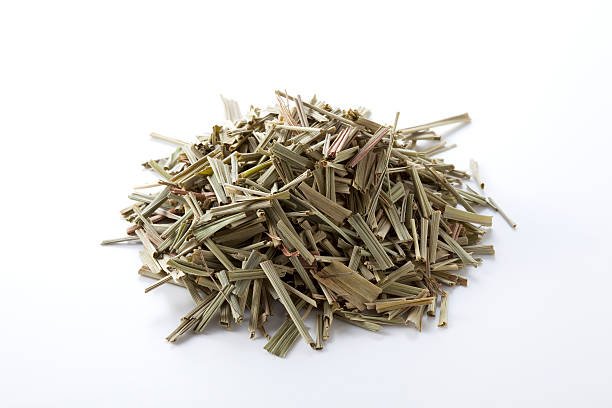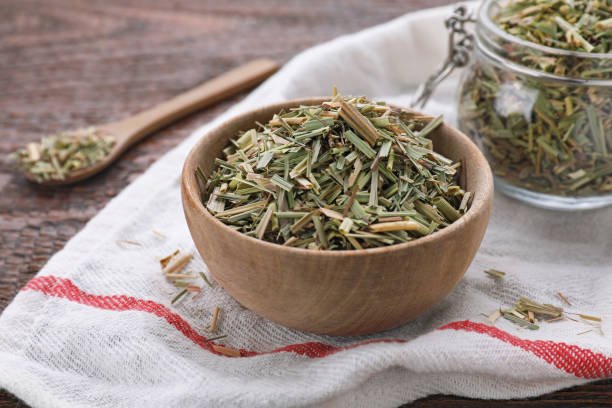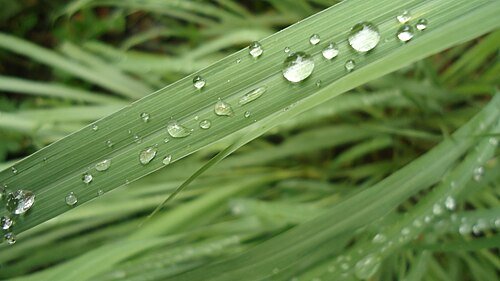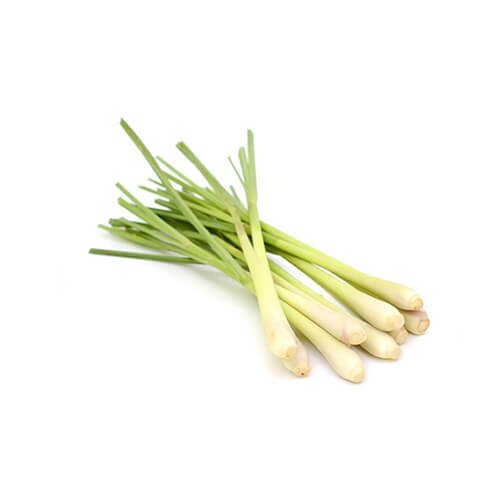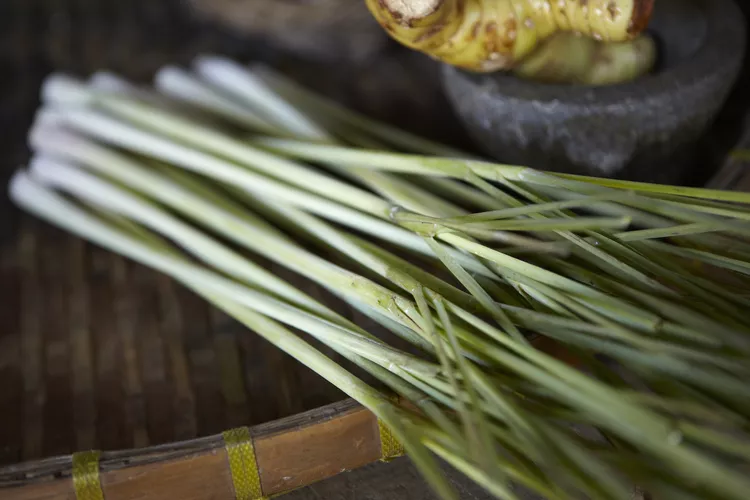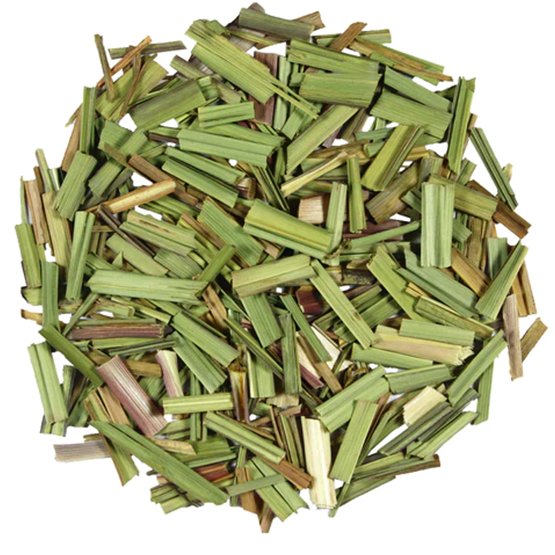Lemongrass (Egyptian Origin)
1. Product Name
Lemongrass
Scientific Name: Cymbopogon citratus
Common Names: Lemon Grass, Citronella Grass
2. Description
Lemongrass is a tropical herbaceous plant widely cultivated for its aromatic leaves and culinary, medicinal, and industrial uses. The leaves are rich in essential oils, particularly citral, which gives them their characteristic lemony scent and flavor. Egypt is a major exporter of high-quality dried lemongrass, which is used globally in teas, soups, curries, and herbal remedies.
Appearance : Long, slender, green to yellowish-green leaves or finely chopped dried pieces.
Texture : Dried leaves are brittle and fibrous.
Odor : Strong, fresh, citrus-like aroma.
Taste : Refreshing, tangy, and slightly sweet with a hint of lemon.
Moisture Content : Typically ≤ 10% to ensure preservation.
Essential Oils : Contains 1–2% essential oil, primarily composed of citral (65–85%), geraniol, and limonene.
pH Level : Approximately 4.5–5.5 (slightly acidic).
Ash Content : ~5–8%.
Soluble Compounds : Rich in flavonoids, phenolic acids, and antioxidants.
Natural Pigments : Contains chlorophyll and carotenoids.
5. Nutritional Information (Per 100 g)
Calories : ~99 kcal
Protein : 1.8 g
Fat : 0.5 g
Carbohydrates : 25.0 g
Dietary Fiber : 18.5 g
Vitamins :
Vitamin C: ~2.6 mg
Vitamin A: Trace amounts
Folate: ~75 µg
Minerals :
Calcium: ~65 mg
Iron: ~8.2 mg
Magnesium: ~60 mg
Potassium: ~723 mg
Color : Uniform green to light green, free from discoloration.
Foreign Matter : ≤ 0.5% (no visible stems, seeds, or contaminants).
Particle Size : Whole leaves or cut/sifted pieces as per buyer specifications.
Purity : Free from adulterants, artificial additives, or chemical residues.
Organoleptic Properties : Fresh, citrusy aroma; no off-flavors or odors.
Compliance with Local and European Specifications According to Food Safety
Total Plate Count (TPC) : ≤ 10,000 CFU/g
Yeast and Mold : ≤ 100 CFU/g
Coliforms : Absent in 1 g
E. coli : Absent in 1 g
Salmonella : Absent in 25 g
Aflatoxins : ≤ 4 ppb (as per EU standards).
8. Storage
Temperature : Store in a cool, dry place (≤ 25°C).
Humidity : Relative humidity should be ≤ 60% to prevent moisture absorption.
The packaging is in polypropylene bags, cardboard boxes, or as per customer request.
9. Shelf Life
Unopened Packaging : Up to 24 months under recommended storage conditions.
Opened Packaging : Consume within 6 months for optimal quality.
10. Applications
Culinary Uses :
Infused in teas, broths, and soups for a citrusy flavor.
Used as a seasoning in Asian cuisines, particularly Thai and Vietnamese dishes.
Added to marinades, sauces, and curries for enhanced aroma.
Health Benefits :
Known for its anti-inflammatory, antimicrobial, and antioxidant properties.
Helps in digestion, stress relief, and detoxification.
Supports immune health due to its high vitamin C content.
Industrial Uses :
Extracted for essential oils used in perfumes, cosmetics, and insect repellents.
Incorporated into herbal supplements and wellness products.
11. Origin
Country of Origin : Egypt
Egypt produces high-quality lemongrass due to its favorable climate and fertile soil, particularly in the Nile Delta region.
Egyptian lemongrass is sought after for its strong aroma, vibrant color, and consistent qualitY.

